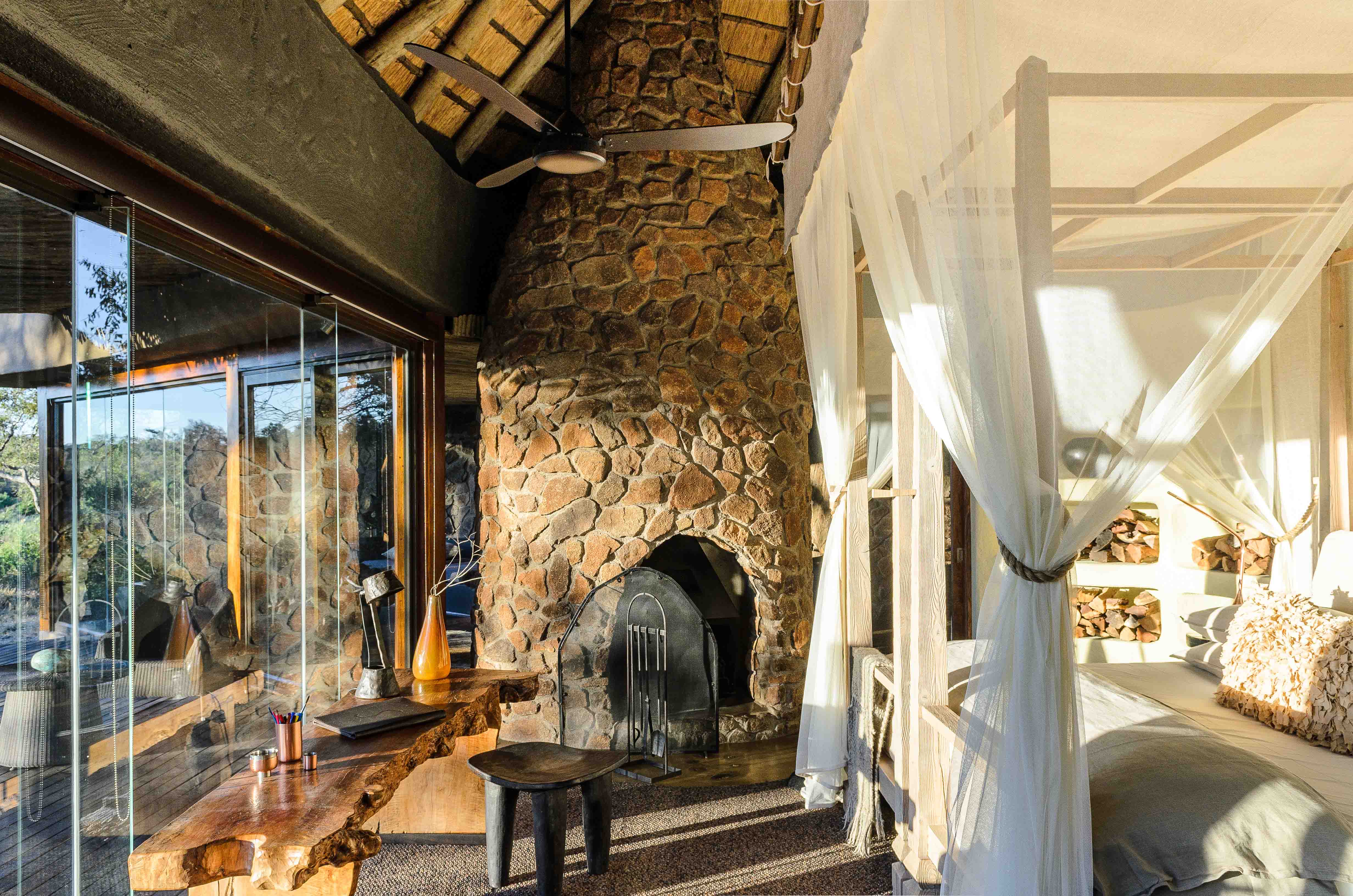What will I experience?
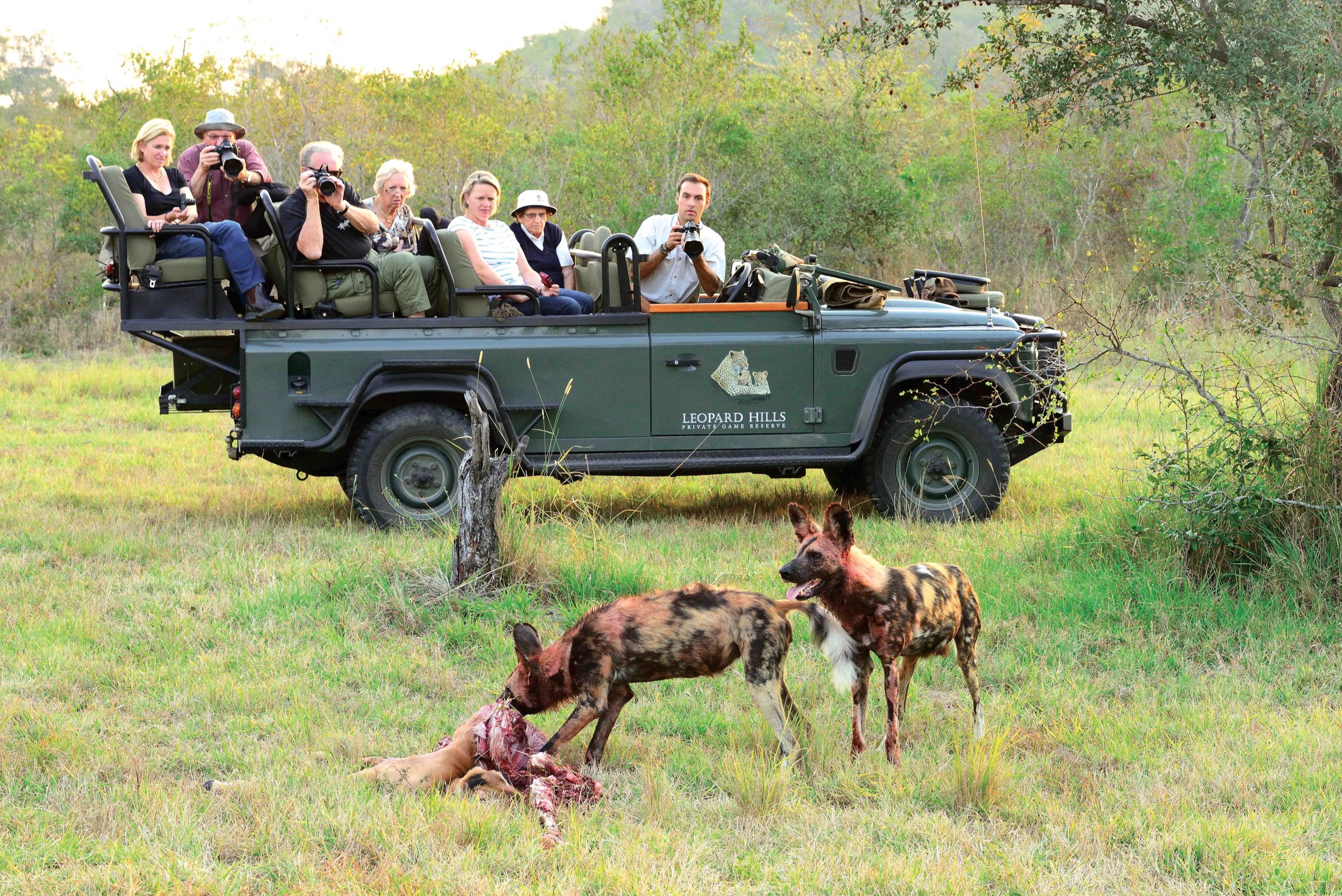
At dawn’s first light, bundled up against the cool nip of morning you climb into an open top vehicle, while your guide hands out hot coffee and warm smiles.
Your anticipation for a morning of game viewing starts to shake the sleepiness from your body, replaced by a keen sense of awareness as the vehicle rumbles to life and makes its way into the bush.
Initially the low hum of the engine is the only sound you hear, but as the sun edges higher, a symphony of sound begins, insects and birds adding different melodies to nature’s song. After some time watching the bush take shape in the gentle morning light, you turn your attention to your guide. Professional in every way and with a wealth of knowledge to impart, from the smallest plant to the biggest elephant, this is truly his domain, and his calm persona and gentle smile reflect his endless passion for these incredible surroundings.
Read More
His trained eyes are peeled for the slightest hint of wildlife, clues too small to attract your attention, but they are there and he doesn’t miss them. “Leopard nearby”, he breathes the words, but this barely audible whisper is enough to bring you to full attention. Your eyes dart from tree to tree, then back to your guide as he gently directs the driver to take the vehicle off the road and deeper into the brush. After a few minutes of slow progress through a tangle of grass and shrubs the vehicle comes
to a stop.
You trace the line of the tree branches where the guide is pointing, at first you don’t see it, camouflaged in the dappled shade, but as your eyes adjust, the unmistakable form of a big cat emerges, and you recognise the telltale spots of a leopard. Elegantly he rises on his branch, stretches
his long body, from his nose all the way to the tip of his tail, then in one graceful movement he eases down the trunk of the tree into the grass, the stage is his and you can’t look away. The hours and days spent searching are all worth it in this moment, unquestionably regal, the leopard has truly earned his pride of place in the Big Five.
Tell me more
Sabi Sands Game Reserve is a private game reserve in South Africa, which lies adjacent to, and shares a 50 kilometre (31 mile) unfenced boundary with, the Kruger National Park.
The reserve was named for the Sabie River which runs along its southern boundary and the Sand River which flows through the reserve. Covering an area of 623 square kilometres (240 square miles), the reserve is home to a wide variety of game, including lion, leopard, elephant, Cape buffalo and rhino, collectively known as the Big Five. There are also a number of other large mammals in the reserve,
some of which are the cheetah, wildebeest, hippo, giraffe, hyena, zebra and the Cape wild dog. Hundreds of varieties of bird, fish and reptile species, along with thousands of plant species are also found in the Sabi Sands Game Reserve.
Before the Sabi Sands Game Reserve was established in 1934, a large portion of the land that makes up the current reserve was used for agriculture. During this time many boreholes were drilled to ensure a reliable water source for cattle. After the reserve was established these important dams and waterholes were kept intact and now provide a year round water supply for wildlife. This
constant supply of water allows for large herds of animals to gather in the reserve, which in turn attracts a number of predators.
This private game reserve offers exclusive access, as day visitors are not allowed in the reserve, but with a variety of lodges available to stay in, there is something to appeal to everyone. Meals and safari experiences are typically included in your stay, which allows you to completely relax and enjoy your time in the reserve. Adding to the exclusivity of the reserve is a no self drive policy, which means all game drives are conducted by professional rangers who are allowed to drive off road into the bush while tracking an animal. This policy allows you to have interactions with even the shyest of animals, and adds to the renown that the Sabi Sands Game Reserve enjoys for its incredible leopard sightings.
When should I go?
Depending on your interests and what you are expecting from your trip, the best times to visit Sabi Sands Game Reserve may vary. Due to the dependability of game viewing as well as the quality of sightings, the reserve is considered to be a year round destination, but there are two distinct seasons which may help you determine when to go.
From May until October is the cool dry winter period, which is the most comfortable time to go on safari in terms of weather, as the days are mild, but sunny. This dry season is also the best time for game viewing due to thinning vegetation and the congregation of animals around water sources. These sightings are very rewarding and into late winter you may even be able to enjoy watching game from the comfort of your lodge, as the animals visit the nearby waterholes.
The summer season gets started with the arrival of rain in November, levels of rainfall tend to peak in January before dropping off in March. Temperatures are also very high during the wet season and days can be uncomfortably hot with temperatures reaching over 40 Celsius (104 Fahrenheit). The landscape of the reserve is completely transformed during the summer months, rivers are full and
the vegetation is lush and green. This is also a great time to witness predators in action as there are a lot of baby animals around. Bird watching is excellent in summer as a number of migratory species are present, and raptors are often spotted in large numbers when the rains cause termites to swarm.
Gallery

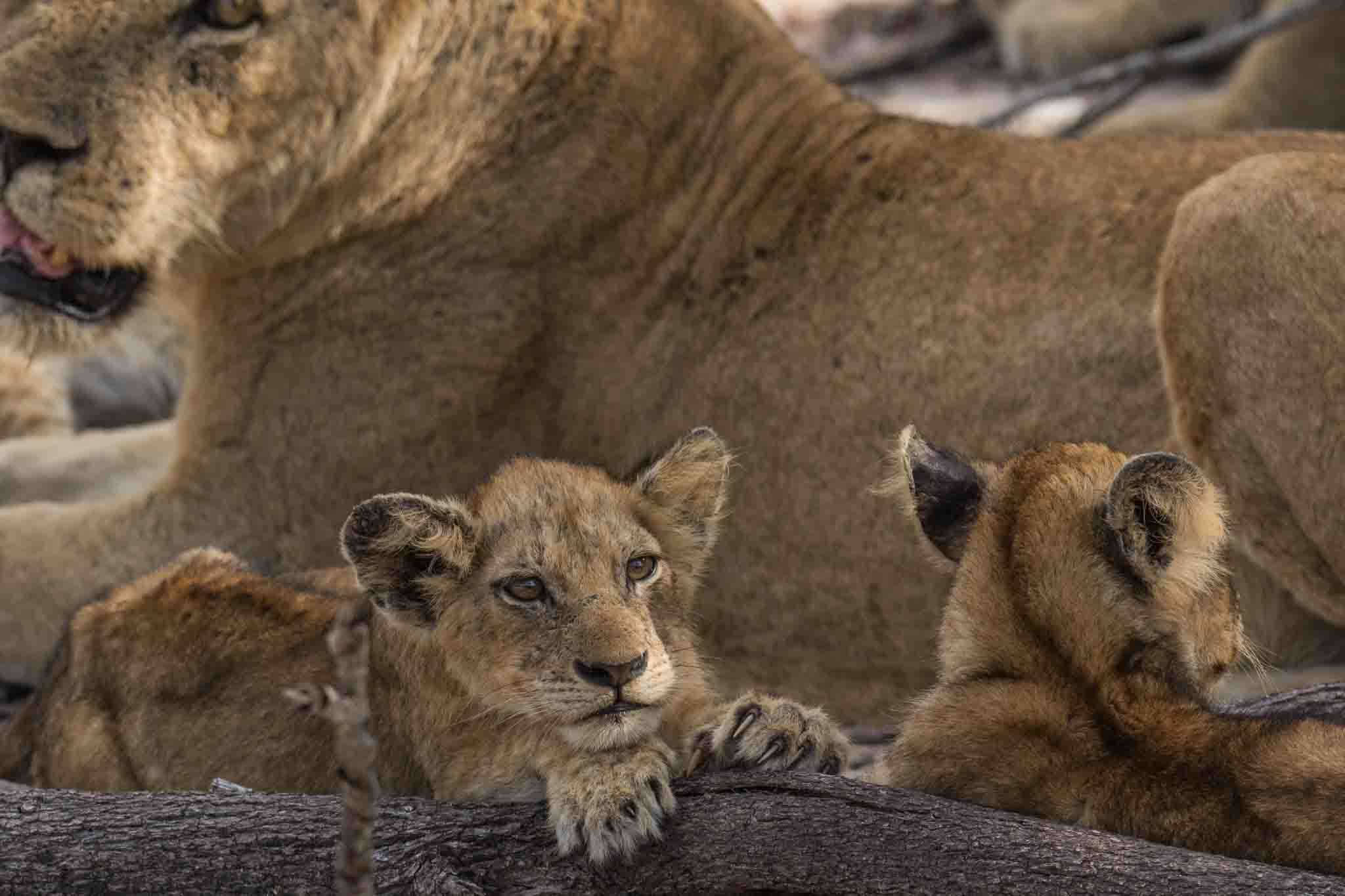
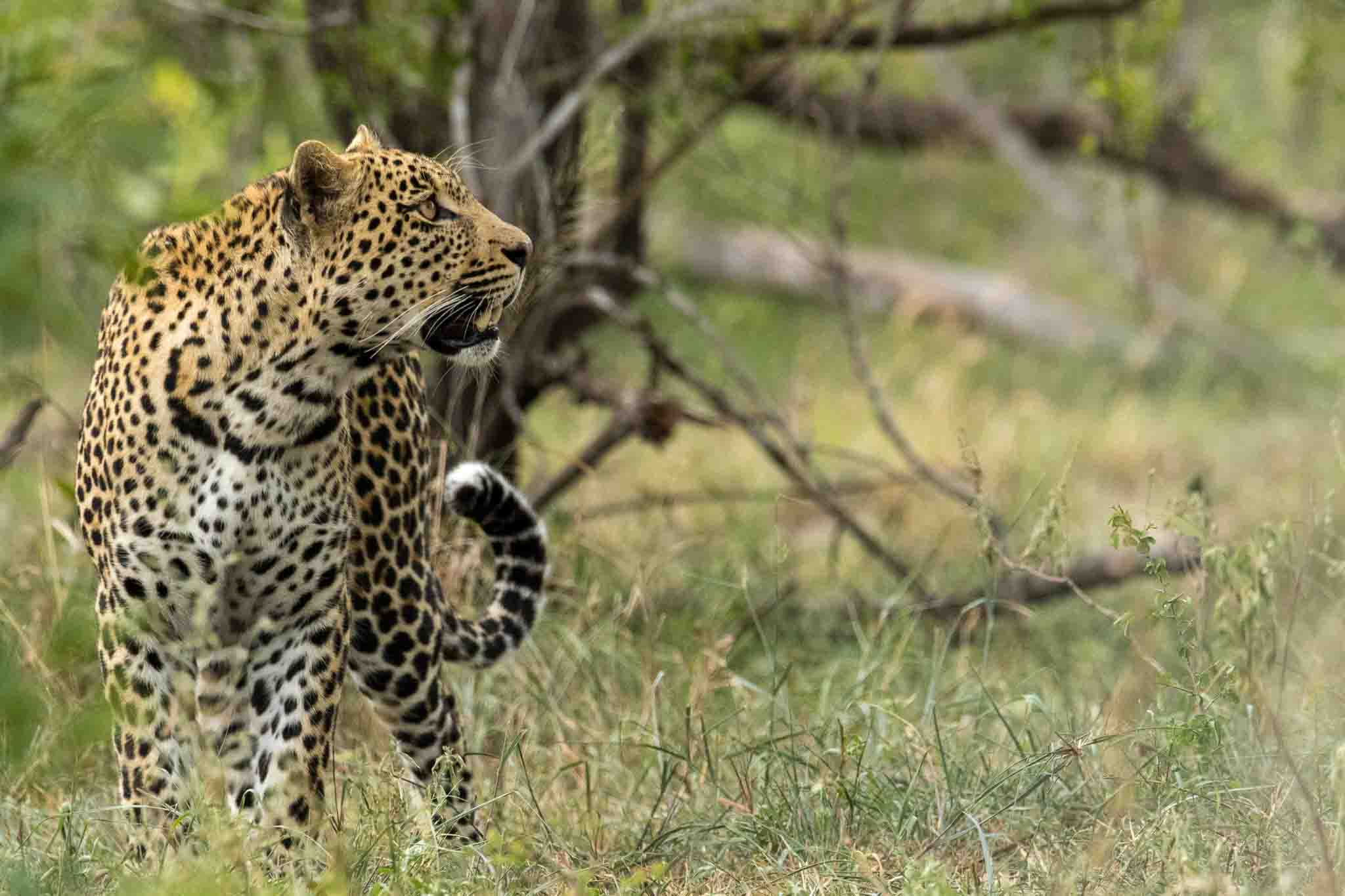
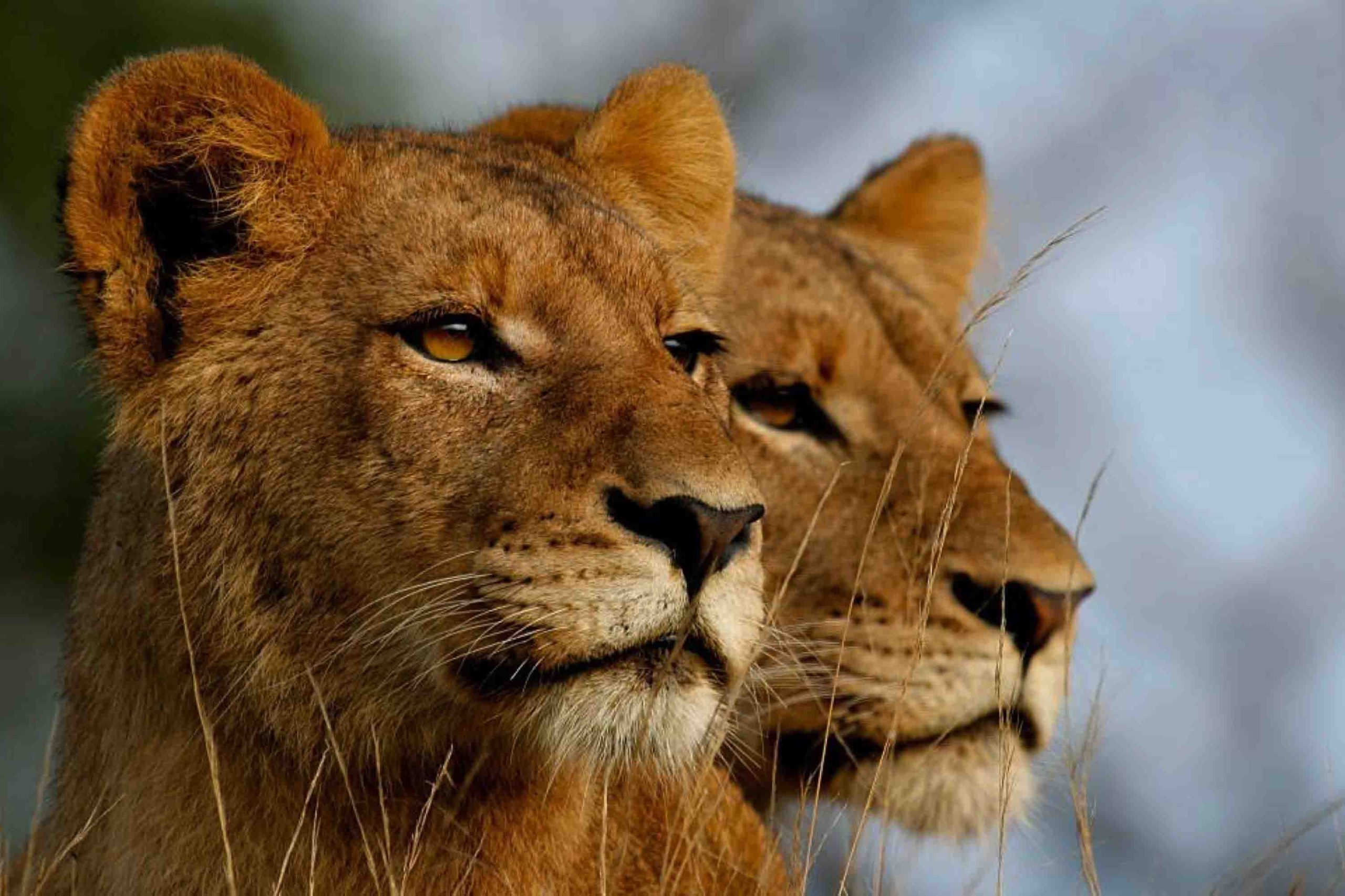
CAMPS
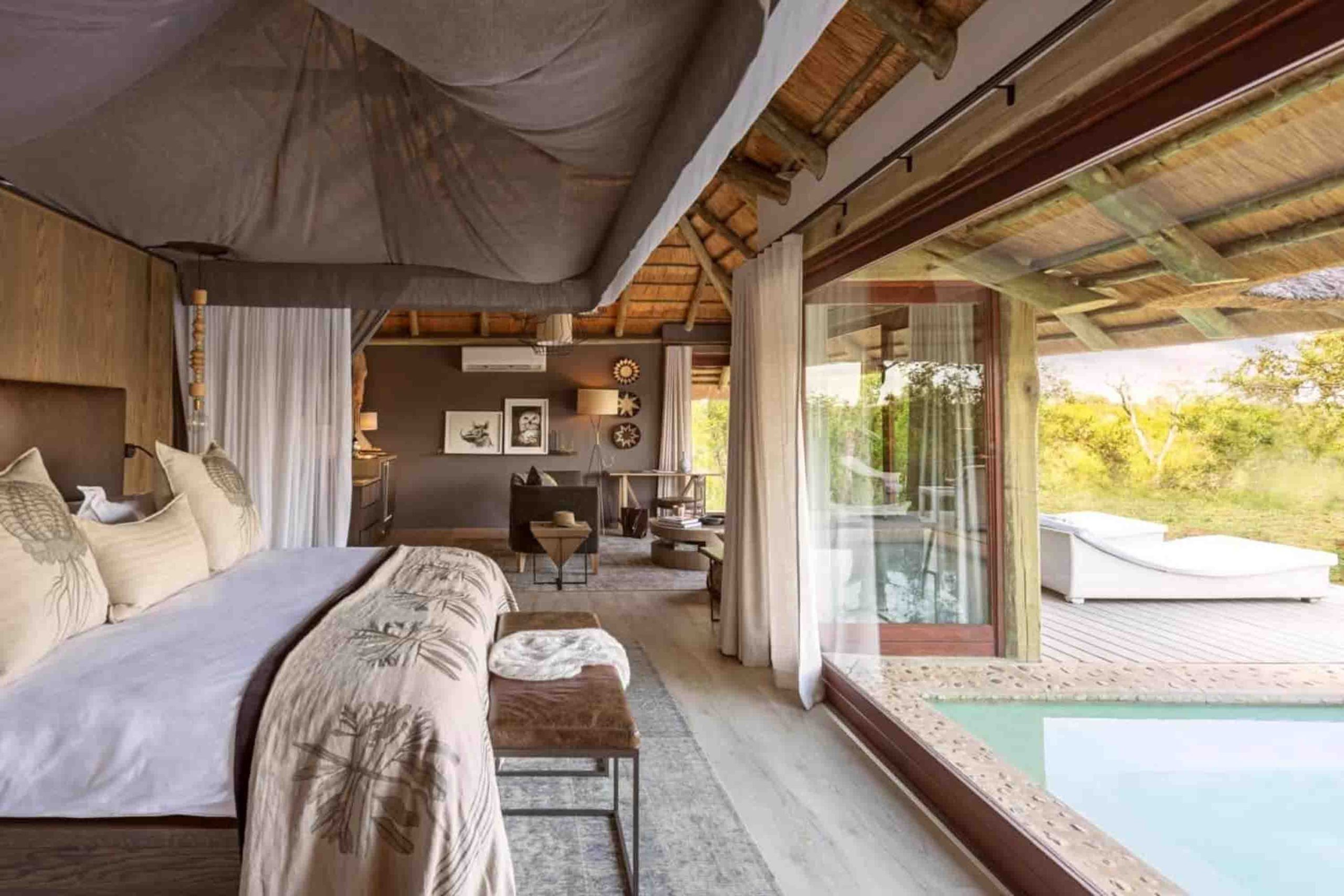
Leopard Hills Lodge
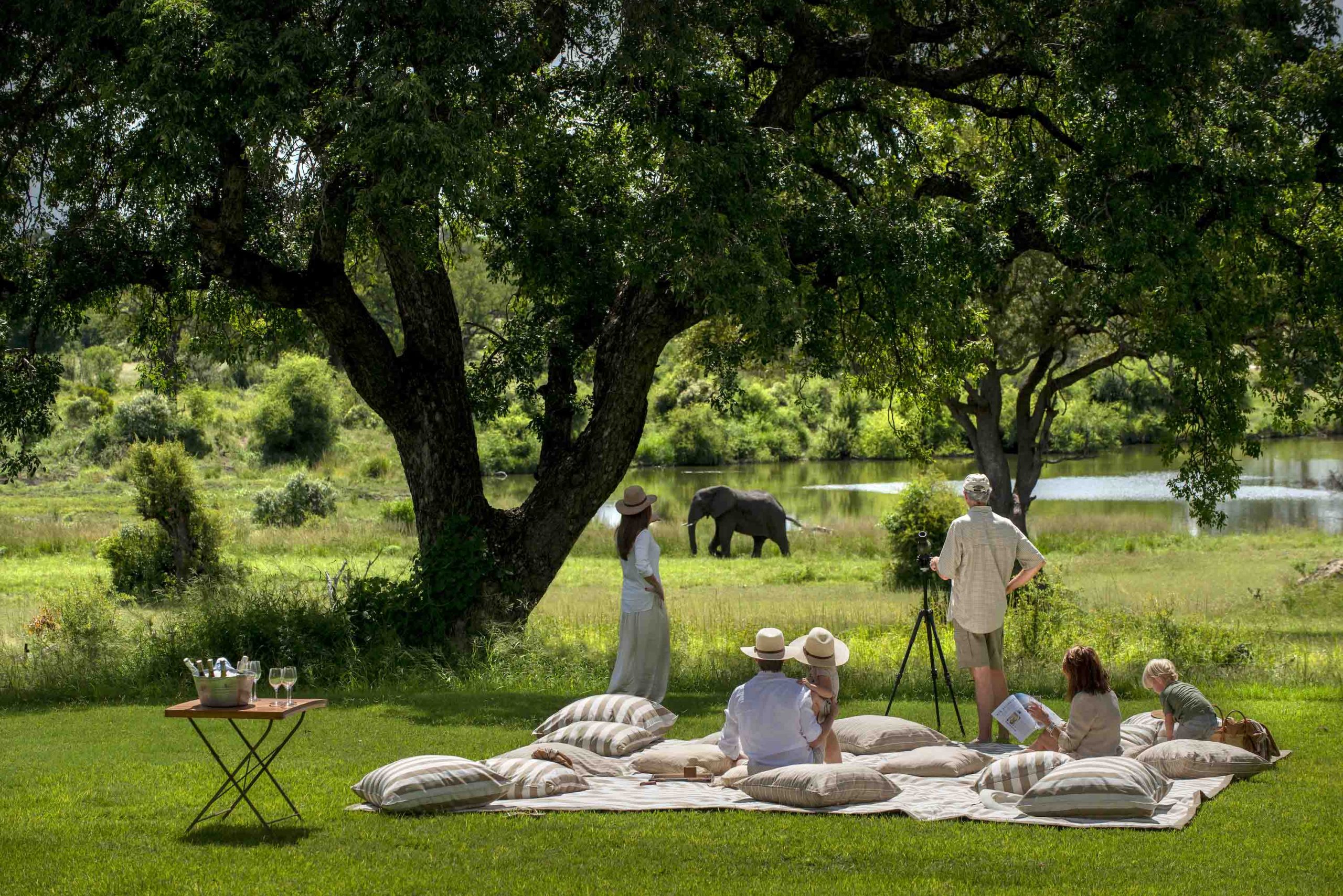
Castleton Lodge
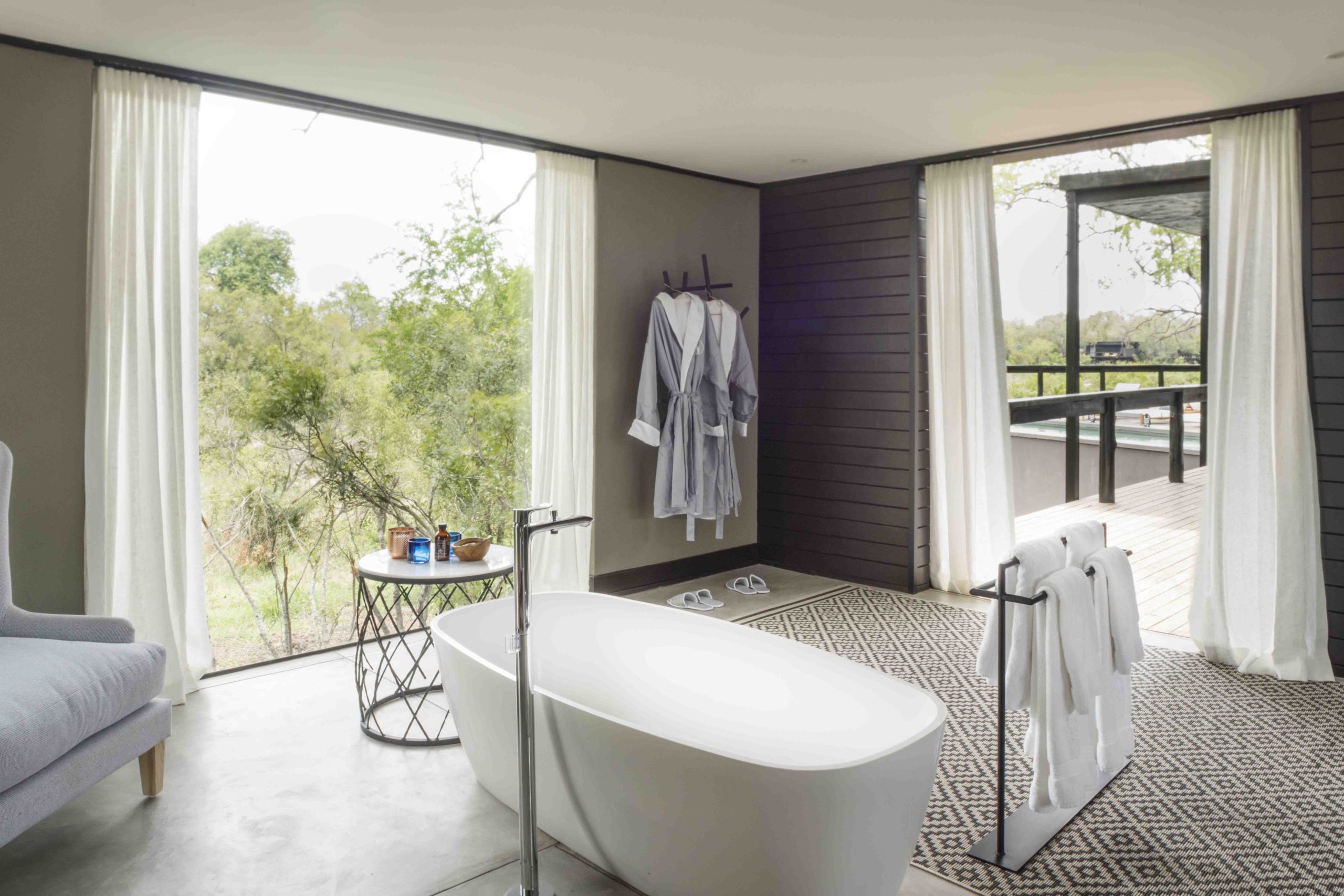
Silvan Safari Lodge
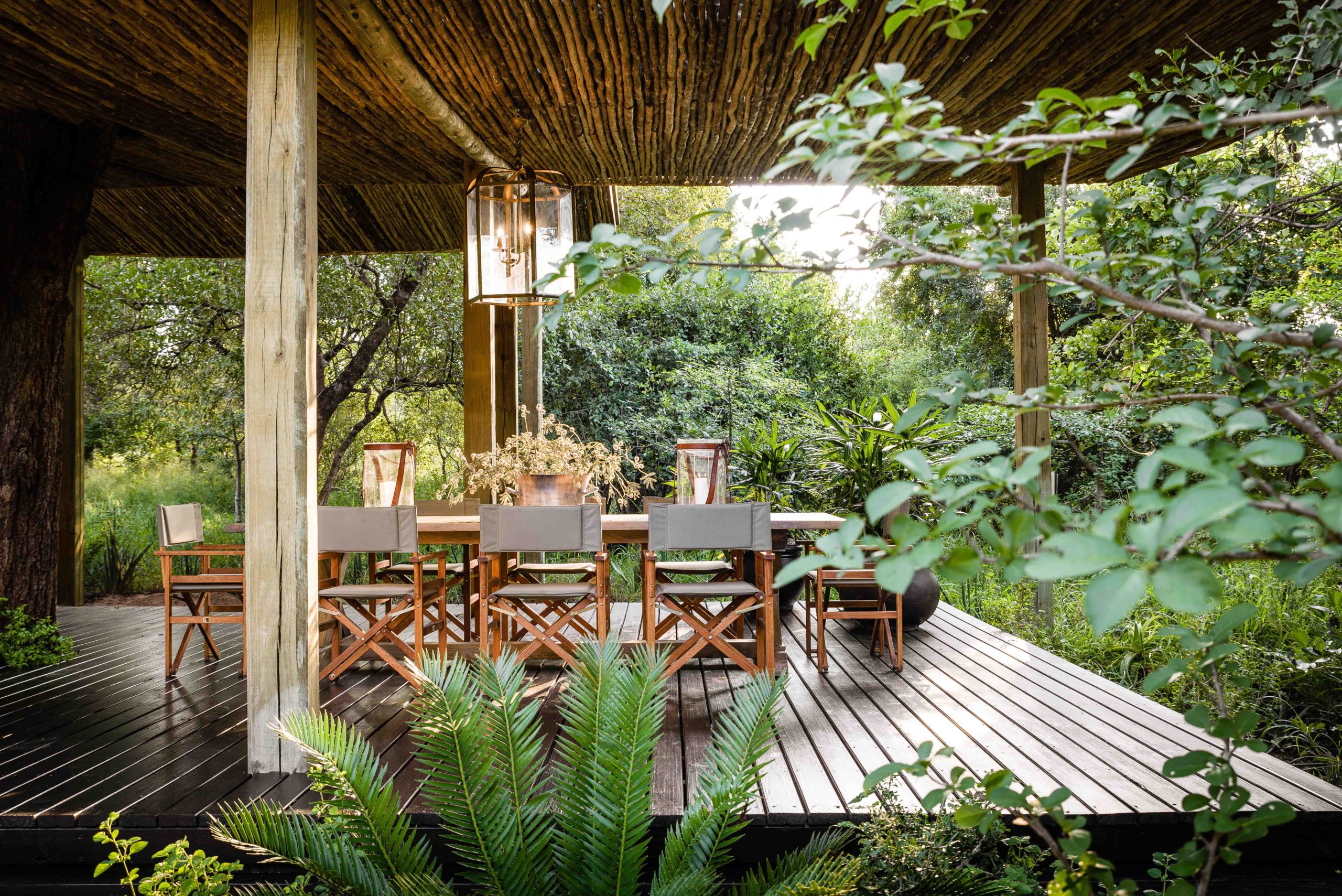
Ebony Lodge
